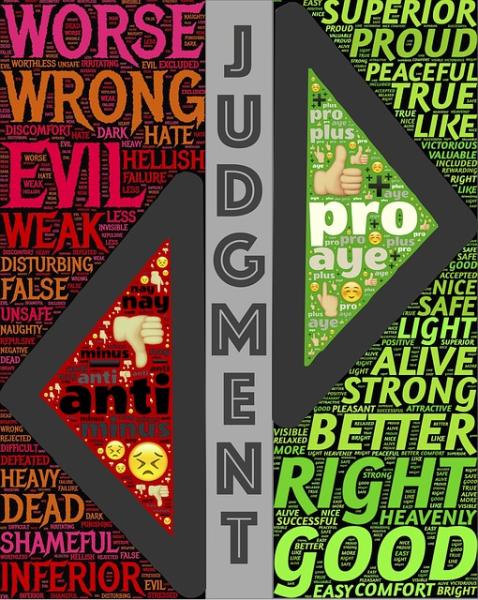The researchers made use of two datasets. C-Span provided information on the verified Twitter accounts of the members of the 116th Congress; Twitter’s interface provided the tweets. Using machine learning and algorithms, the researchers created a dataset linking each Congressperson with their COVID-19 related tweets and then went on to characterize the word frequency of those tweets. Using word frequency, how often a given word appears in a document, has, for some time, been a tool of scientists looking to understand our speech. It has been used to differentiate one writer from another. In this instance, they used word frequency to characterize all of the Congressional tweets from January 17th when COVID-19 was first mentioned until March 31st – roughly three weeks after COVID-19 was declared a national emergency.
 As the graphic demonstrates, Democrats and Republicans chose very different words to their perception of the pandemic. For example, crisis was used 7% more often by the Democrats while China was mention 5% more by Republicans. Democrats also were more likely to tweet about COVID-19 than their Republican counterparts. For every 45 Republican Congressional tweets, there were 71 tweets from the Democrats
As the graphic demonstrates, Democrats and Republicans chose very different words to their perception of the pandemic. For example, crisis was used 7% more often by the Democrats while China was mention 5% more by Republicans. Democrats also were more likely to tweet about COVID-19 than their Republican counterparts. For every 45 Republican Congressional tweets, there were 71 tweets from the Democrats
To get a better handle on the possible polarization between the two parties, the researchers using these word frequencies sought to identify whether the tweet was from a Democrat or Republican. The idea was the more often they were correct in their identification, the more the tweet reflected the Republican or Democratic word choices, their language polarization, and the more the member of Congress reflected “their party’s” viewpoint. The algorithm they developed correctly identified 70% of the tweet’s political party.
Polarization, as measured in this manner, changed over time. While it was initially low, meaning that the algorithm had difficulty correctly identifying Democratic from Republican tweet, but by February 9th, it quickly peaked – partisan camps were fully formed. With a small decline in the next few weeks, polarization again rose as various relief packages were being considered, mid-March. Nearly 70% of tweets no longer shared common word choices, so not only were partisan camps formed, but in some senses, the lines were clearly drawn between the two.
“…Democrats discussing the issue earlier, more frequently, and with more emphasis on public health and direct aid to affected workers. By contrast, Republicans placed more emphasis on generalized national unity, China, and businesses.”
What can we make of these findings? At a minimum, we see that tweets are reflective of political opinion and that our Congress failed to achieve any consensus on how best to manage this pandemic because they quickly viewed the situation through a political, partisan lens. As the researchers point out, this failure of consensus resulted in an un-coordinated governmental response at both the agency and cueing level – by cueing, I refer to the examples set by our “leadership” over what to do personally.
We would like to believe that science, deductive reasoning with a multiplicity of proofs and refutations, is value-free. To a large extent, that may be truer in some fields like physics or chemistry. But science is grounded in our culture; for example, the traditional Eastern science of medicine differs quite a bit from that of Western medical science. When we are dealing with a science that is heavily entangled with human behavior, as is public health epidemiology, we do ourselves a disserve in not recognizing that aspect and taking it into account.
As the blame game continues over which faceless agency “dropped the ball” or “offered misleading information” it is worth taking a moment and considering the role of our elected leadership, not merely the President and the executive branch, but the legislative branch that provides the financial means for the executive to act. The responsibility for the failures to protect public health and the economy lies as much with our leadership as with the regulatory bodies, they seek to blame and shame. Might I suggest that as you decide who will be your local and Congressional representatives in the upcoming year, you consider how well they led and protected you during this time rather than make a choice on what they promise to do in the future.
Source: Elusive consensus: Polarization in elite communications on the COVID-19 pandemic Science Advances DOI: 1 0.1126/sciadv.abc2717




